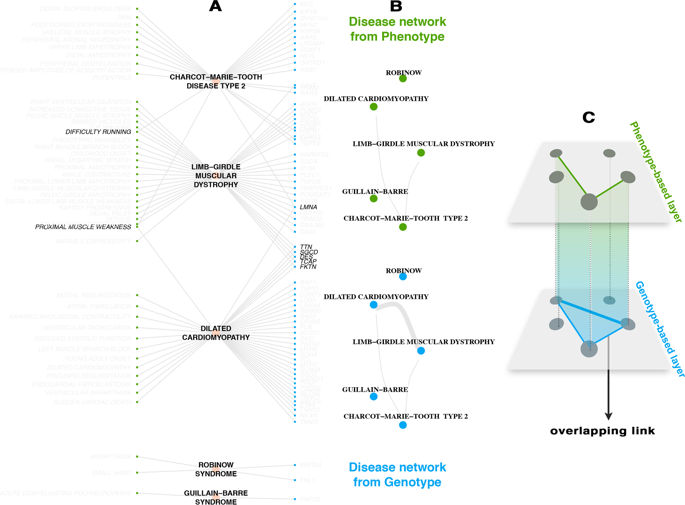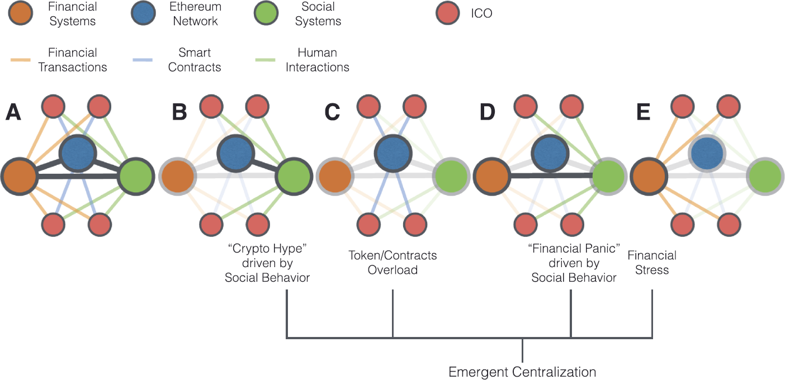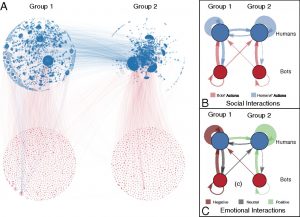We are looking for bright and ambitious students from any area of Mathematics, Physics, Science and Engineering to join this exciting new program.
8 fully funded 4-year scholarships are available this year
Each scholarship includes a stipend of EUR 19,000 per year which is increased by 50% when the student is spending time abroad.
Students are expected to spend at least 12 months abroad during their PhD.
Each Scholarship also includes approx EUR 3,000 for research costs/travel per year.
Students can choose their projects and supervisor from a vast range of options during their first year. Examples of past and ongoing research projects are available on the website of the MERC PhD program at
Applicants must submit a brief scientific report (description of their MSc thesis work, CV, personal statement and reference letters) following the instructions provided at the website above by no later than 25th August 2023. Applications must be submitted using the online platform available at:
Successful candidates will be announced by the end of September 2022 with the course officially starting on 1st November 2023.
For any further information check out the PhD website at https://bit.ly/merc-PhD or contact the PhD Coordinator, Prof Mario di Bernardo, via e-mail at merc@ssmeridionale.it, or any of the PhD Board members listed in the PhD website above.



